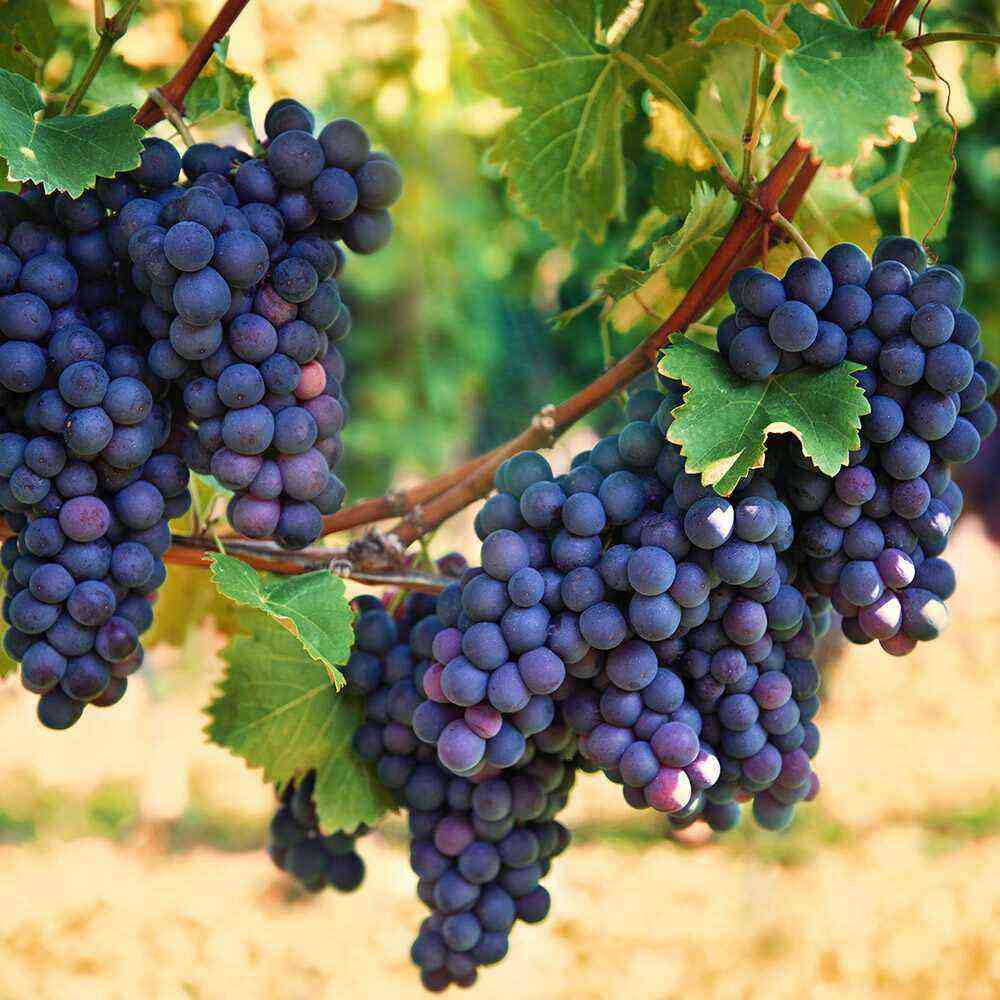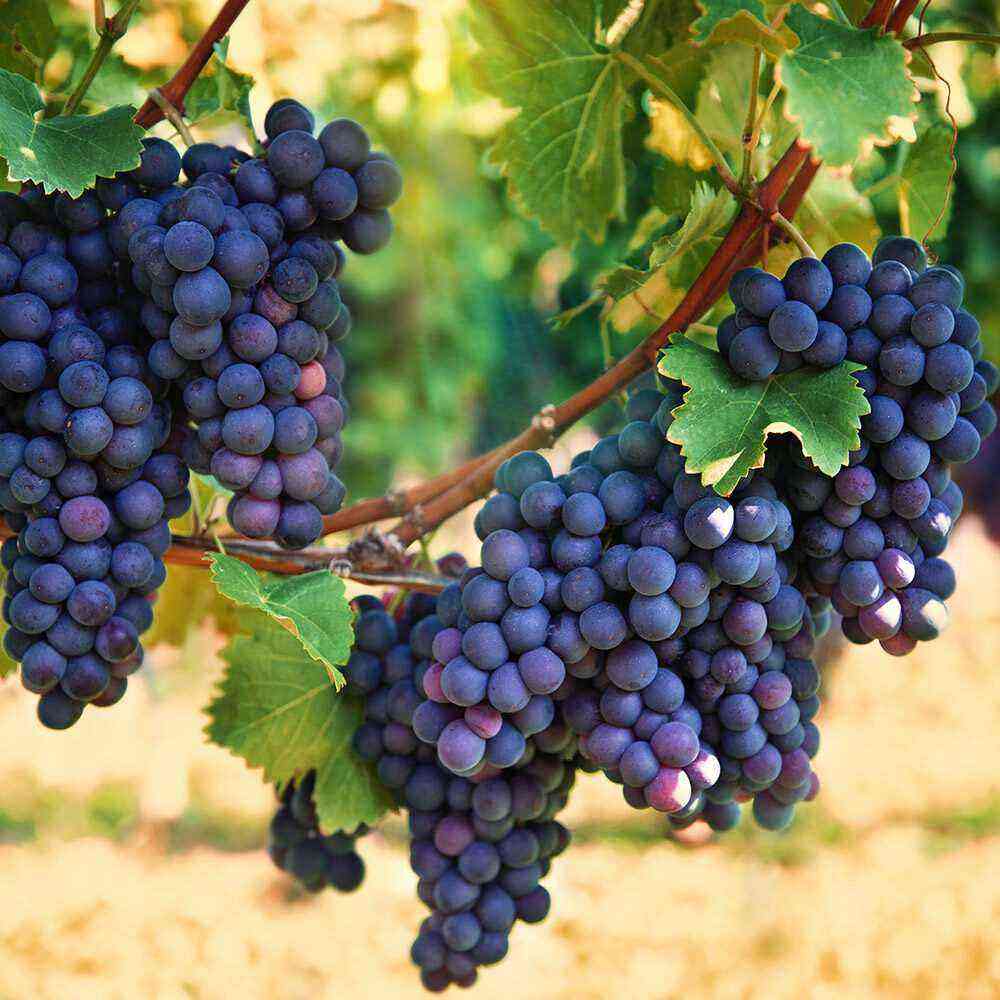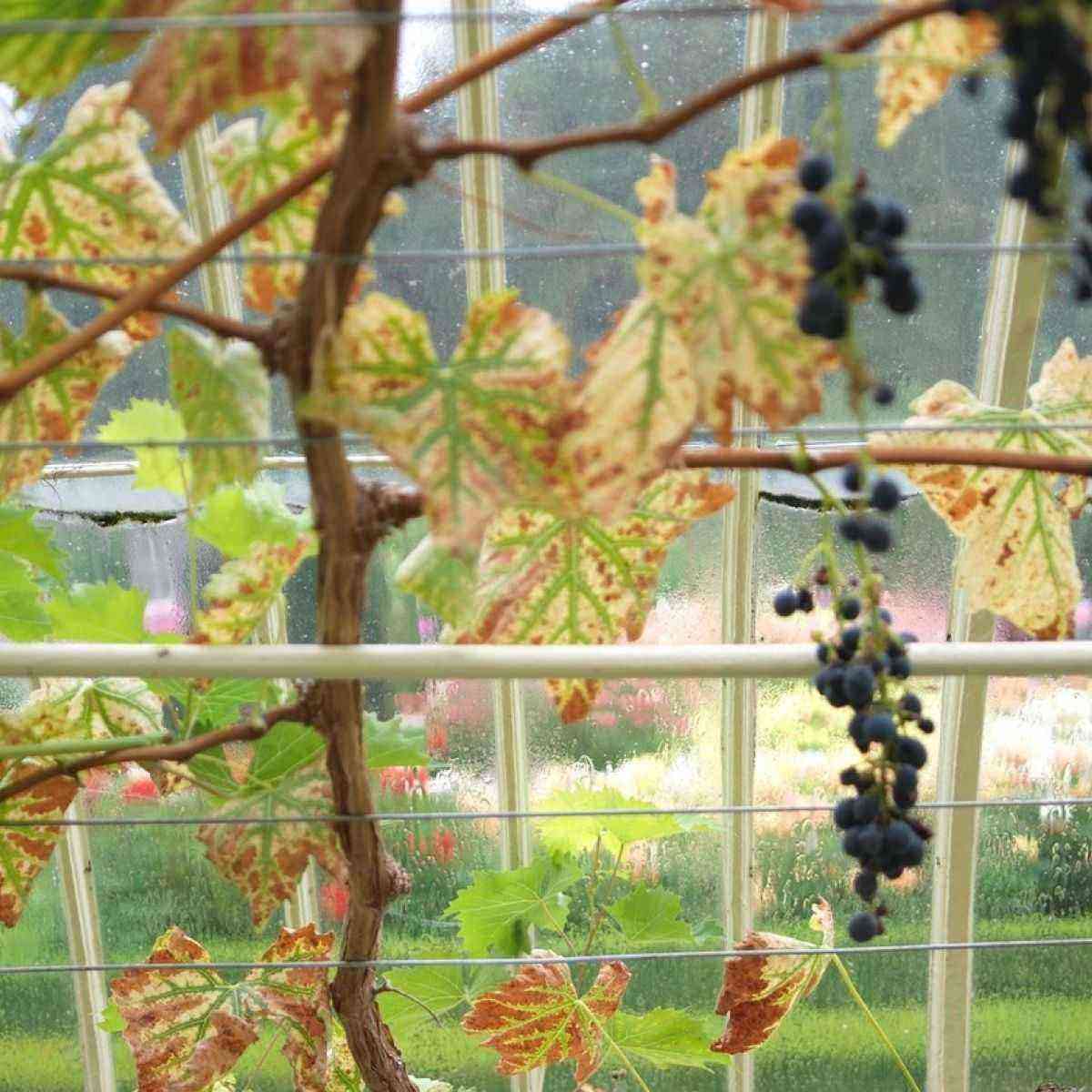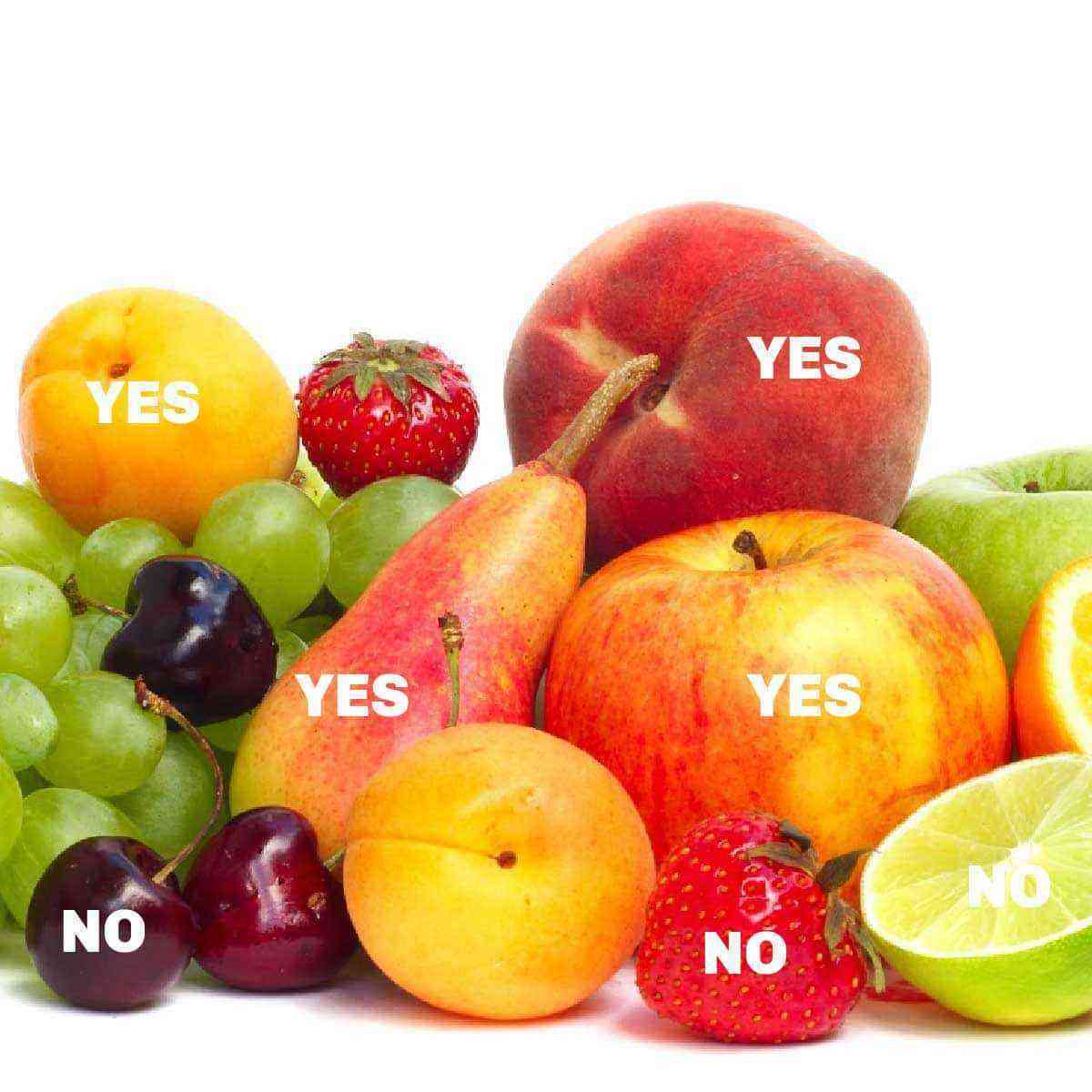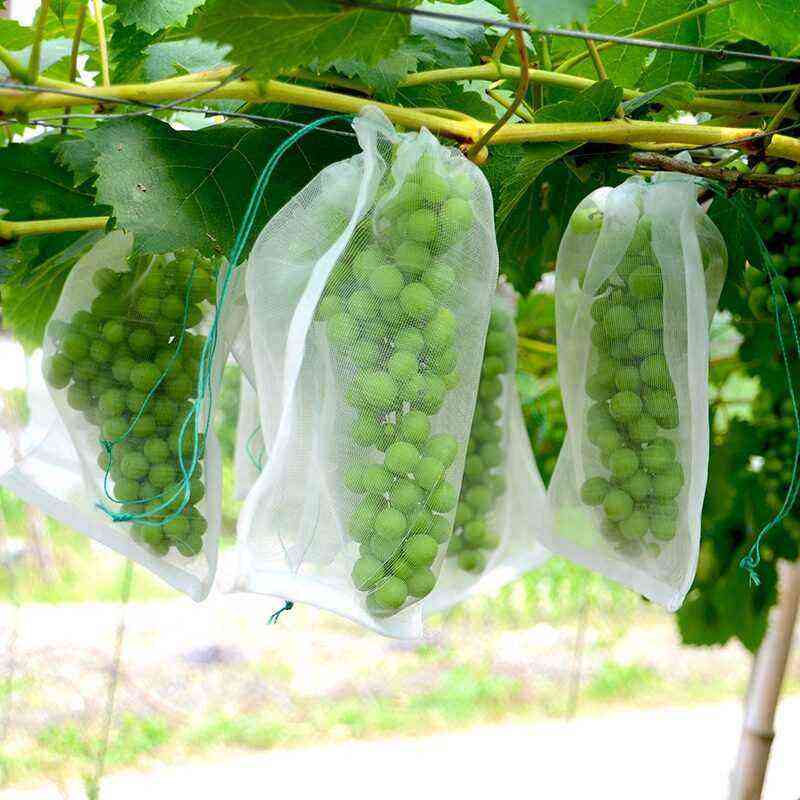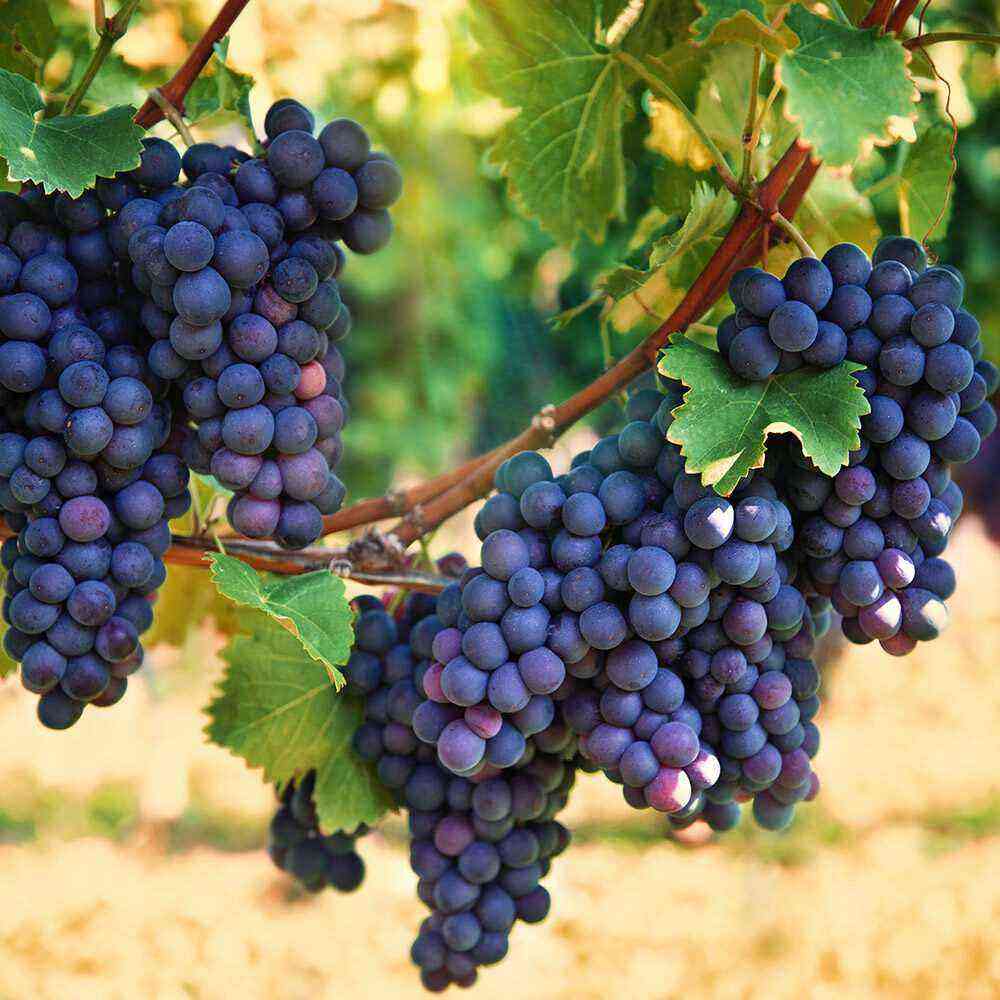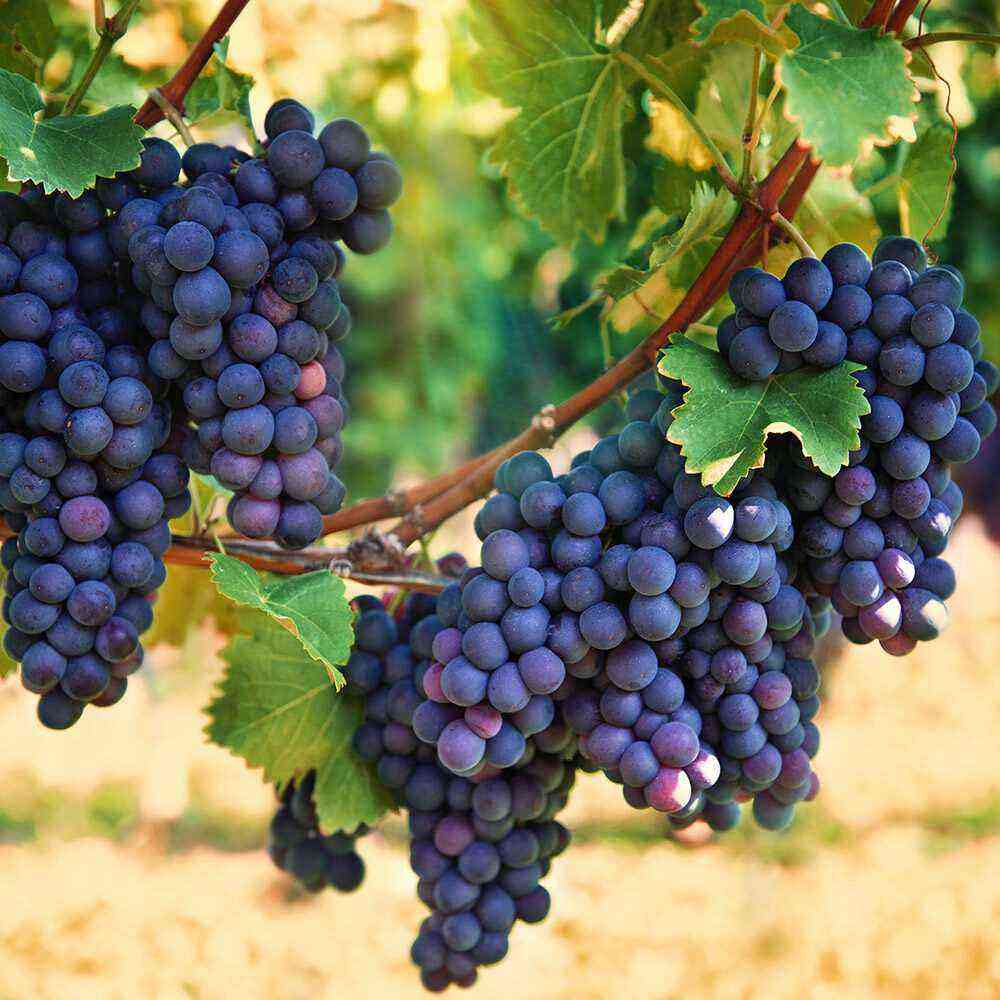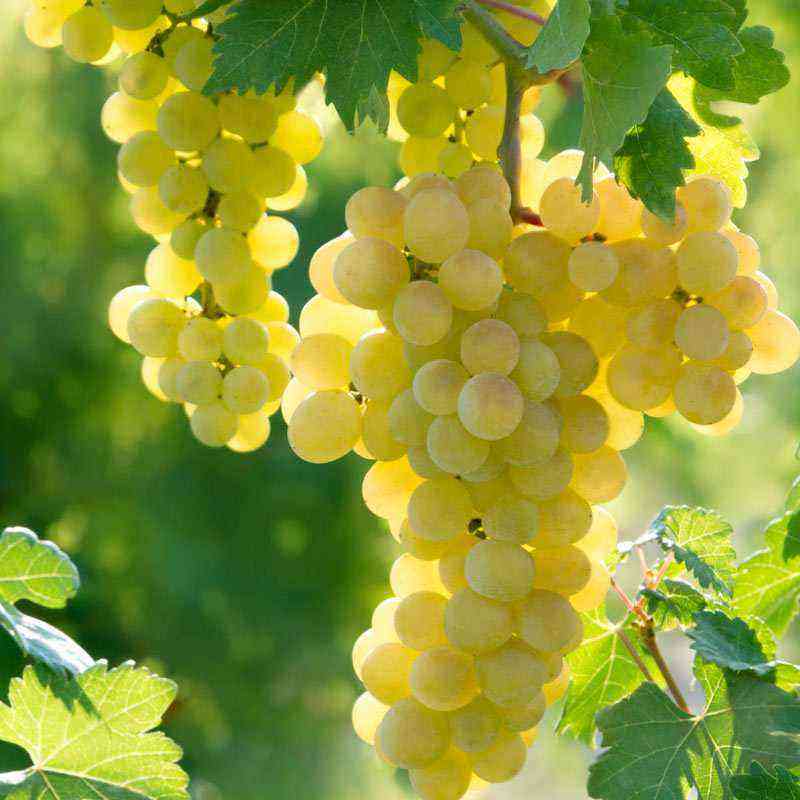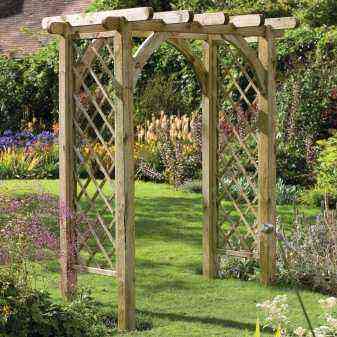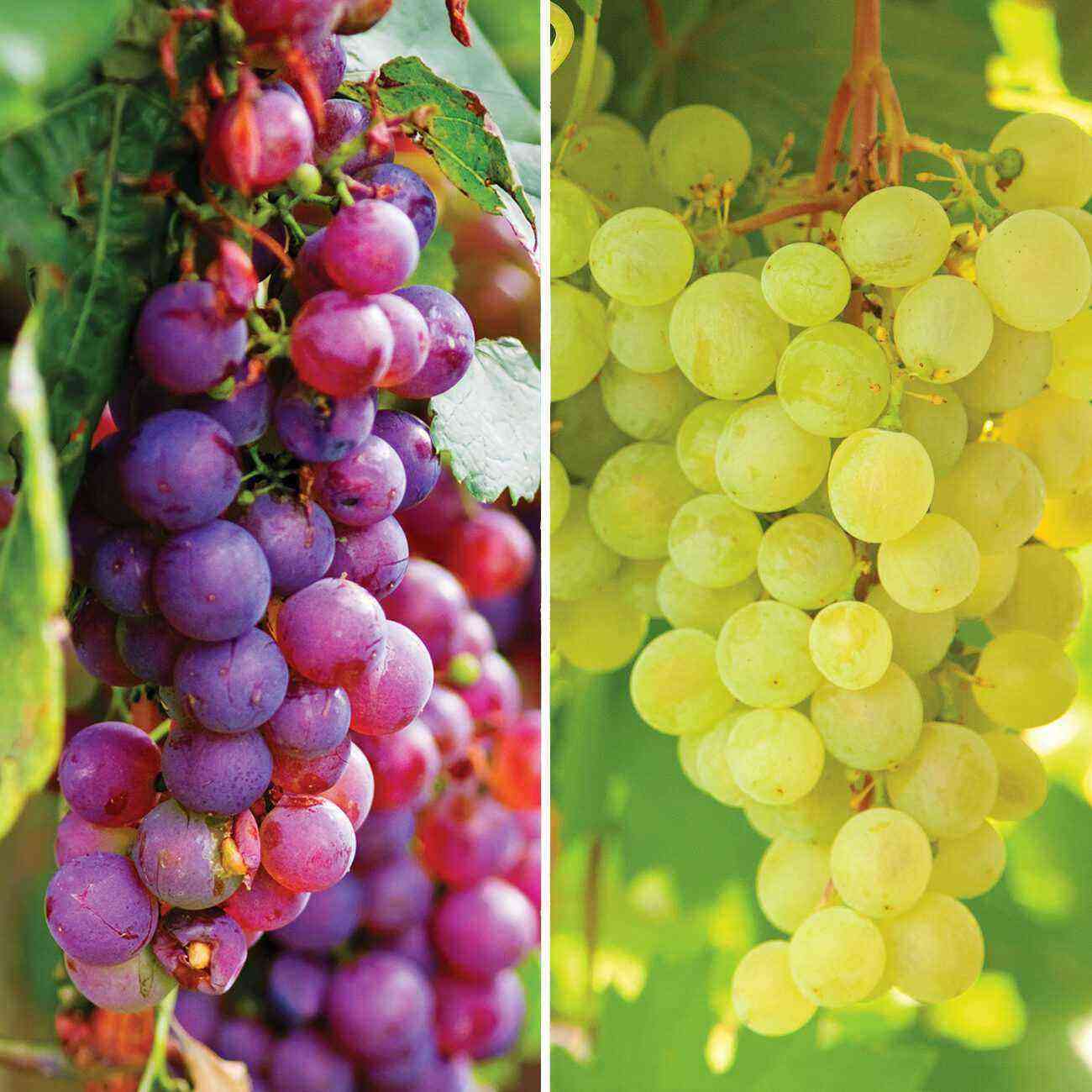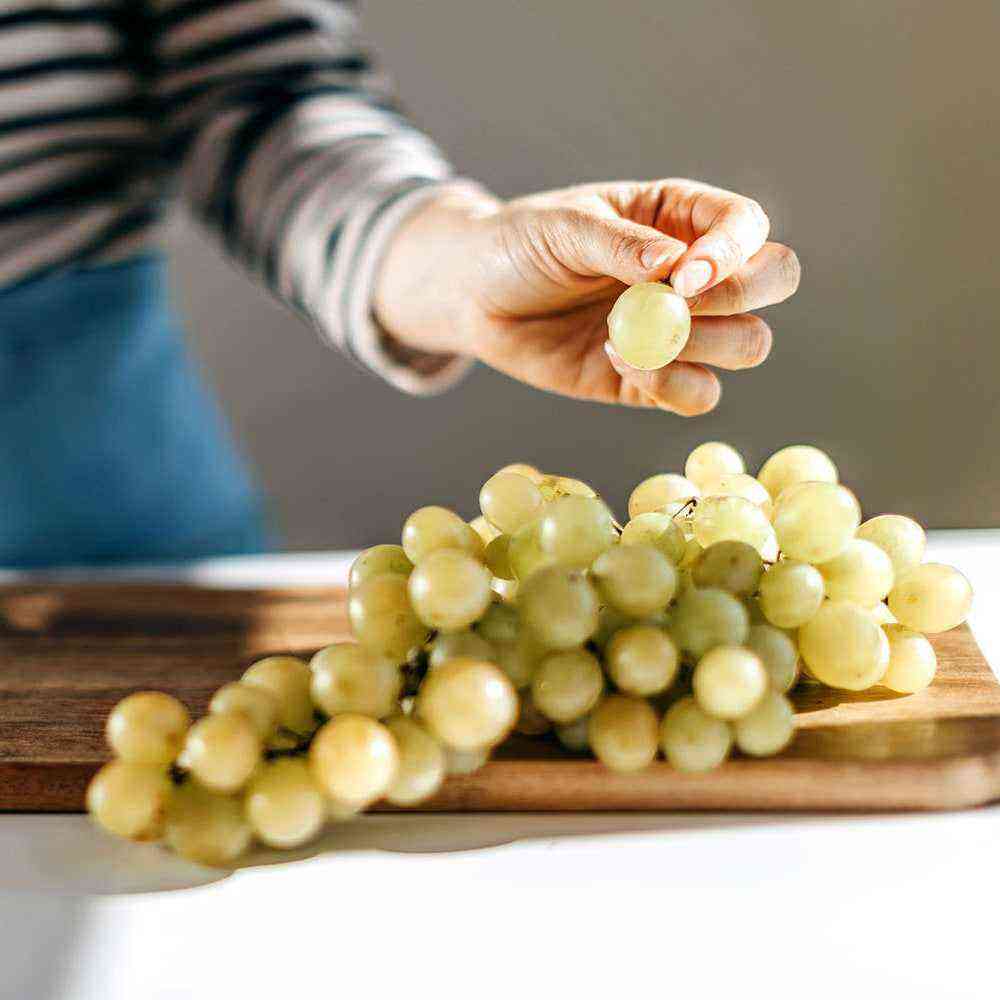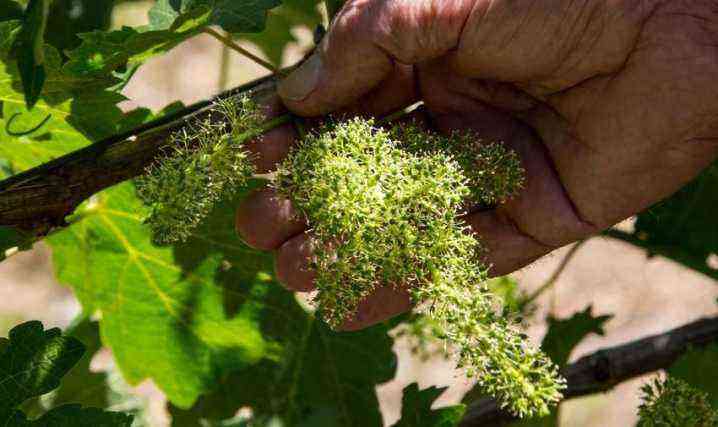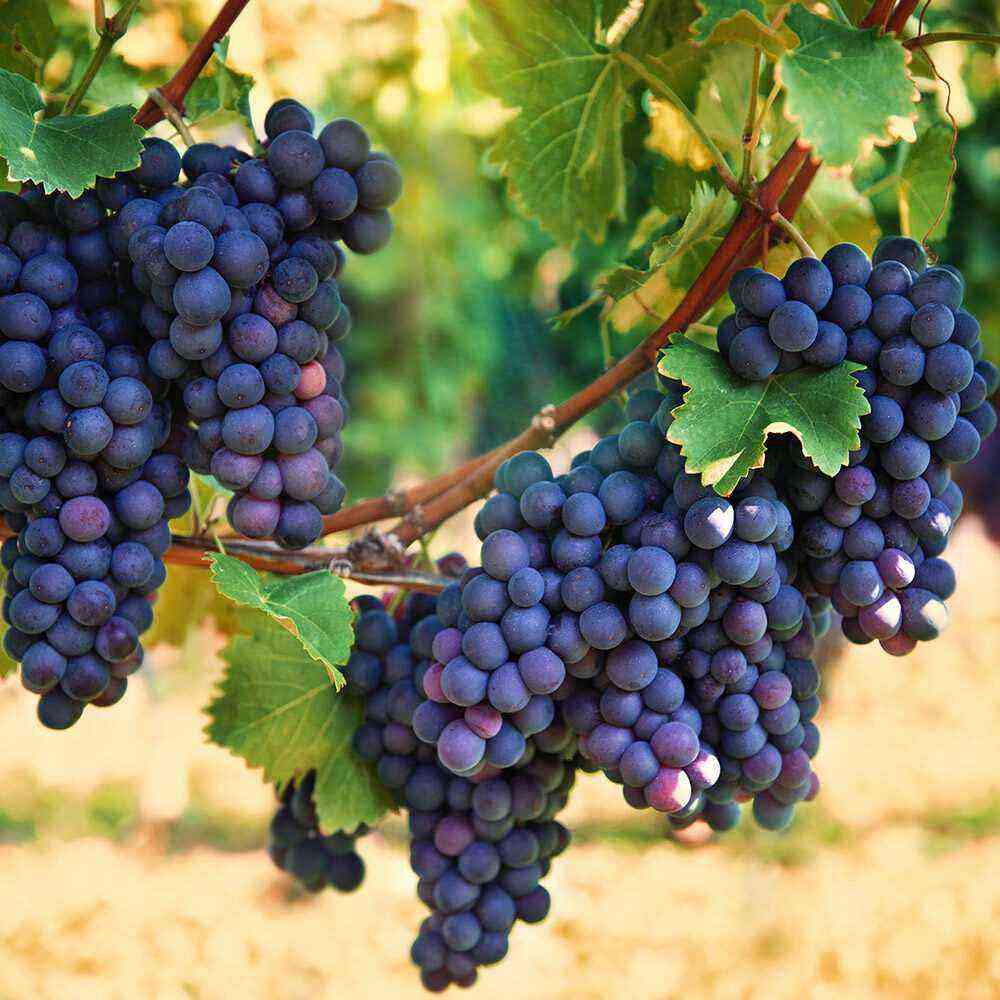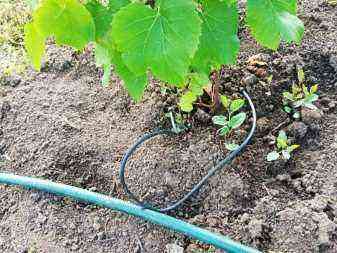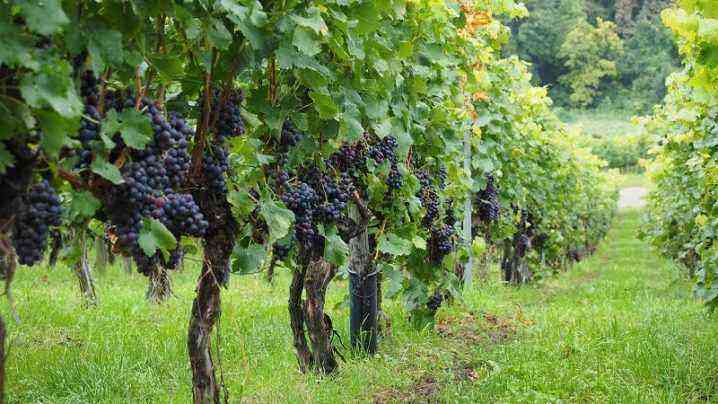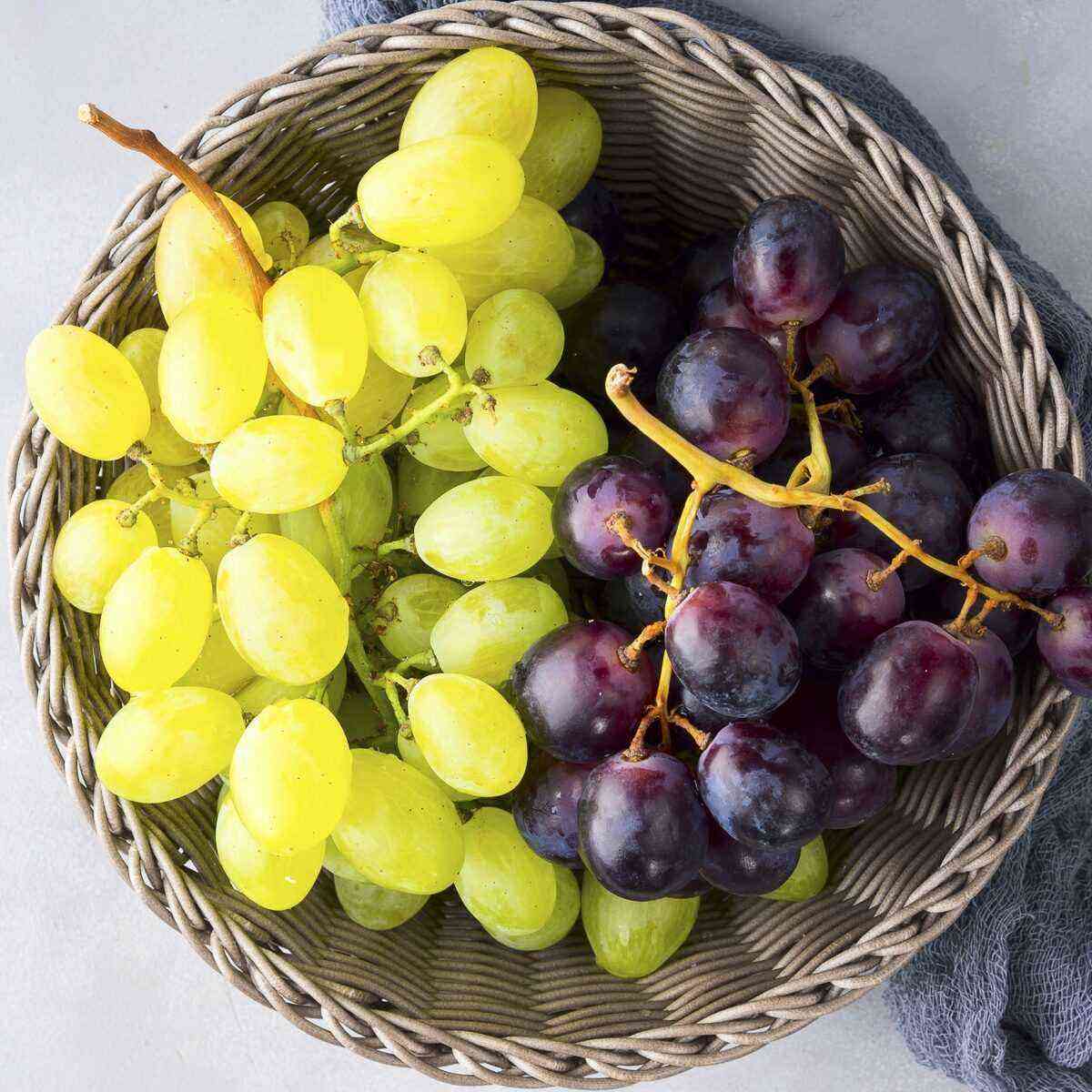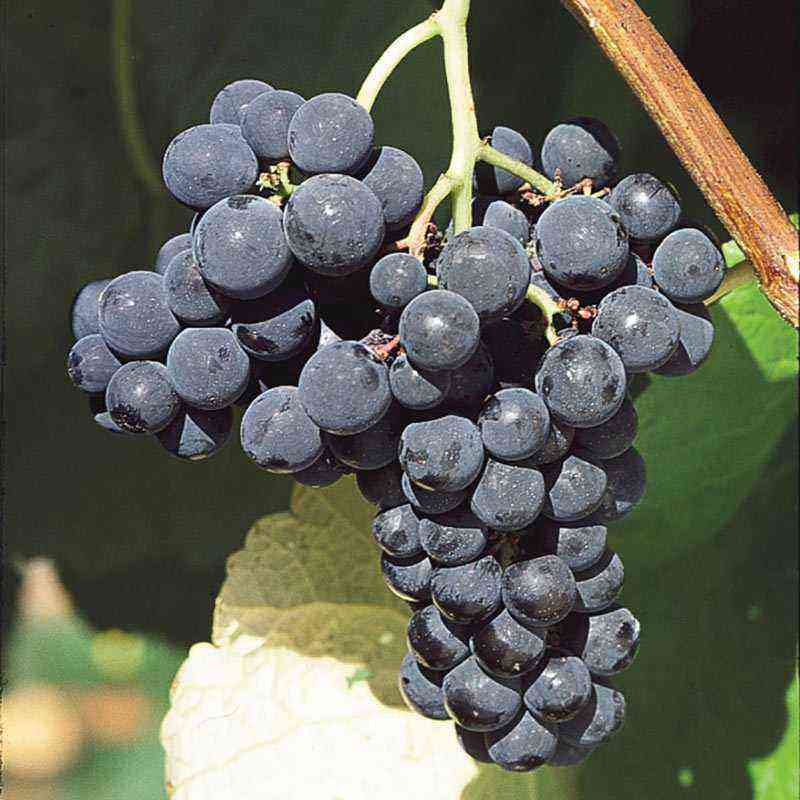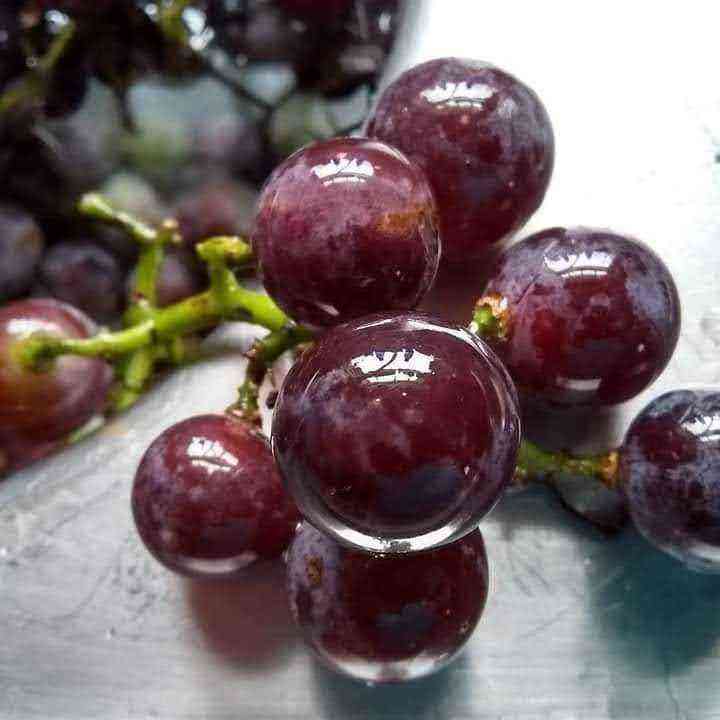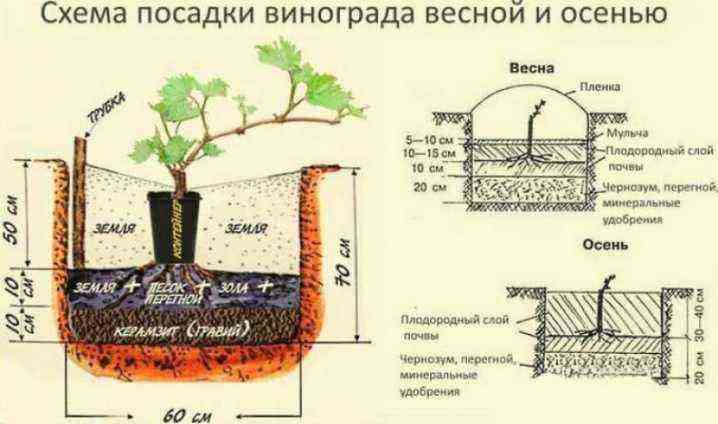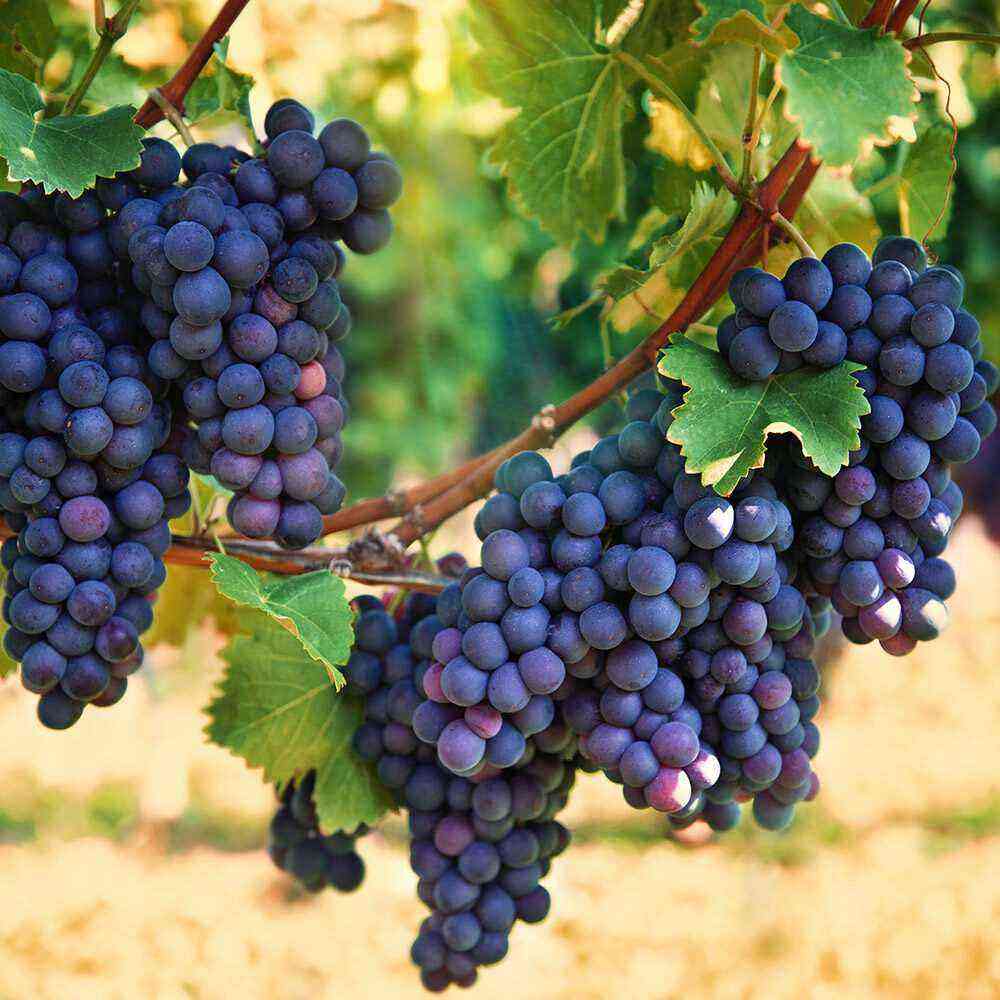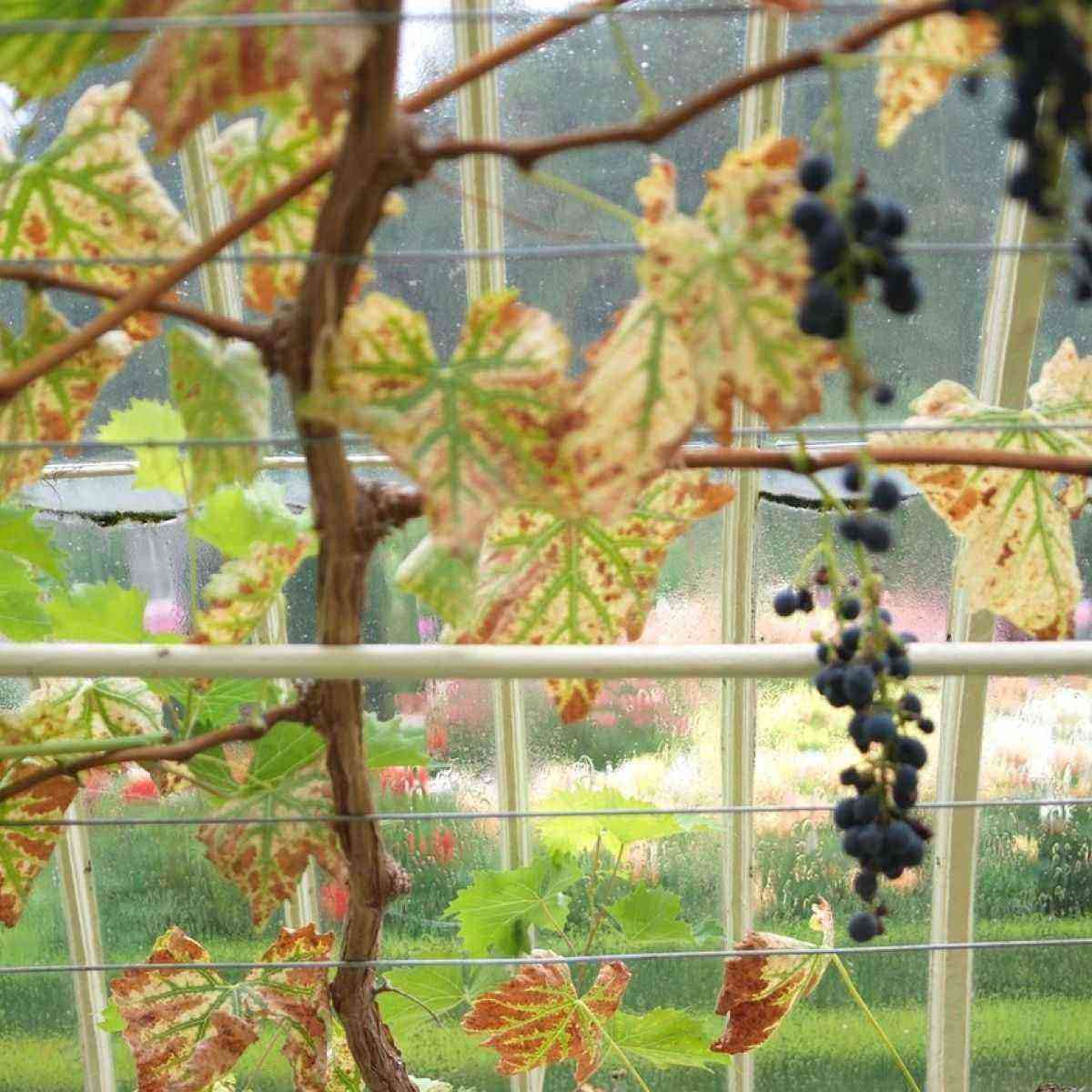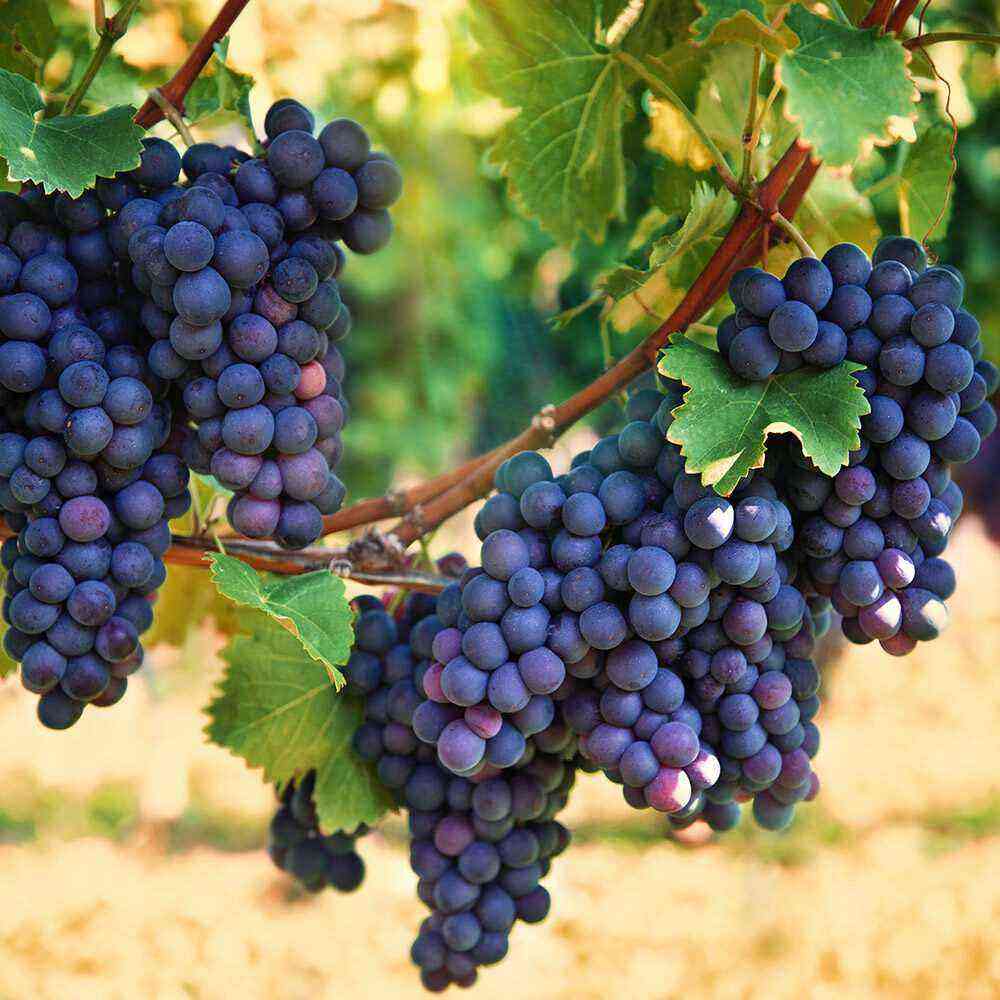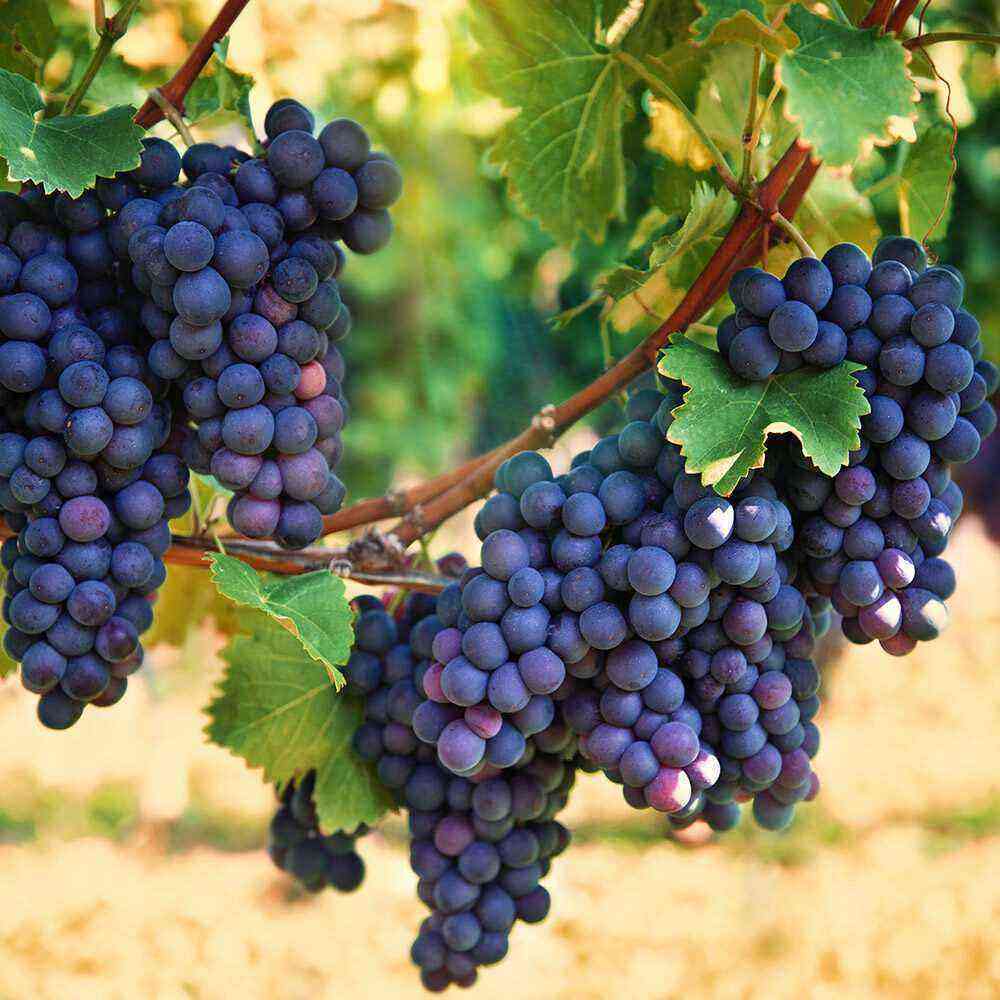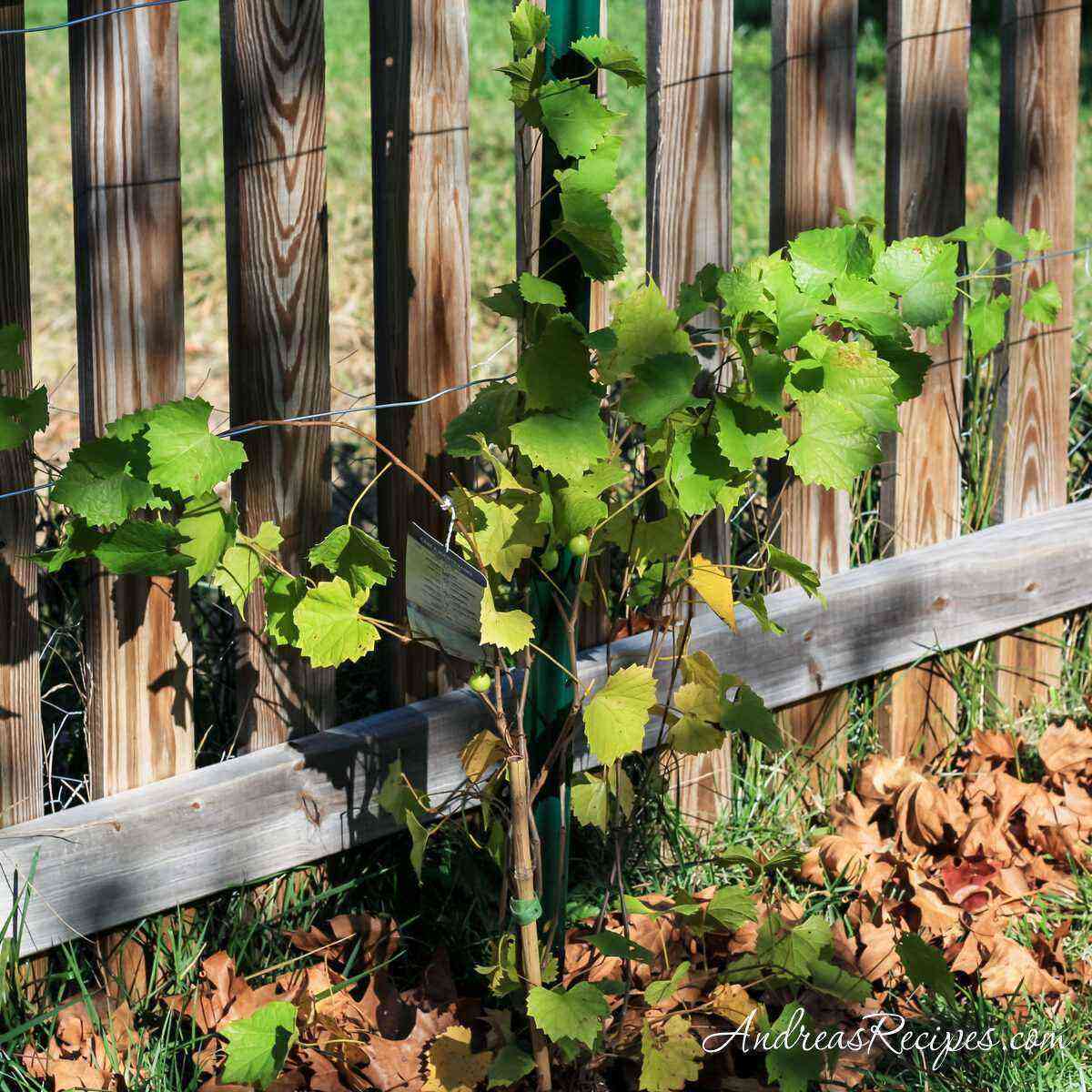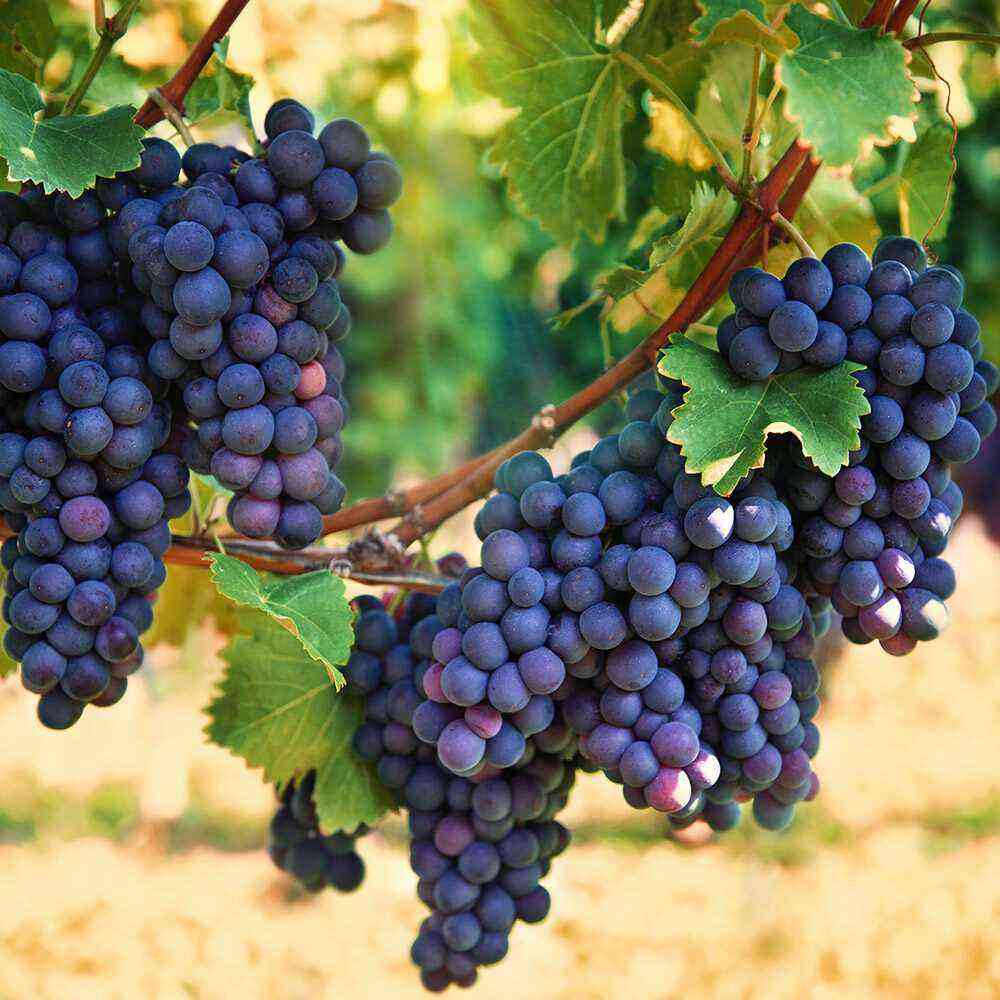In order for the vineyard to look beautiful and please the site owners with a bountiful harvest, in the fall it needs to be properly cared for. At this time, the bushes are pruned, watered abundantly, and also covered for the winter.
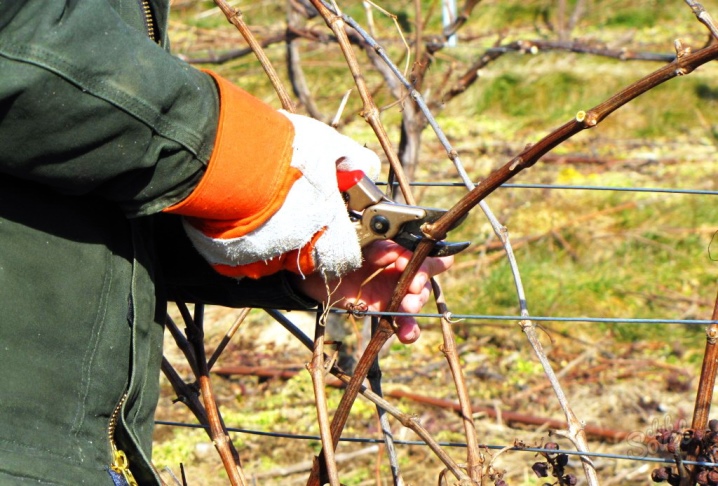
Watering
After harvesting in September, there is no need to water the grapes on a regular basis. Especially if the weather is not too hot.
But before the onset of winter, the vineyard will still have to be watered. Deep soil moisture makes it easier for the plant to adapt to frost, and its root system is protected from temperature extremes.
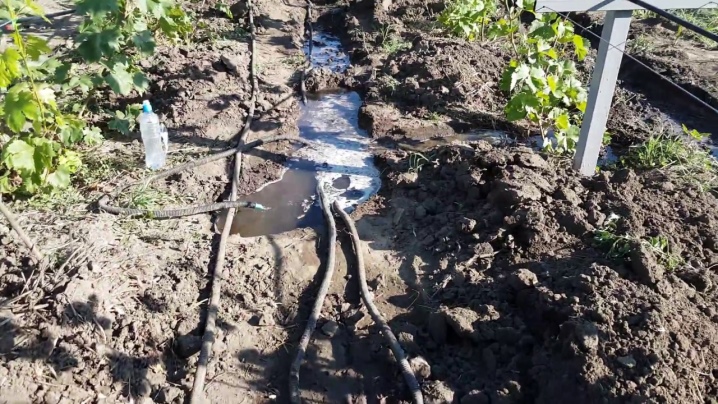
It is recommended to water the grapes under the root. So the liquid introduced into the soil can remain in the soil until the summer itself. If the soil is dry and covered with cracks, it must first be loosened. You need to loosen the soil in the morning, and water it in the evening. The next day, the soil will have to be loosened again.
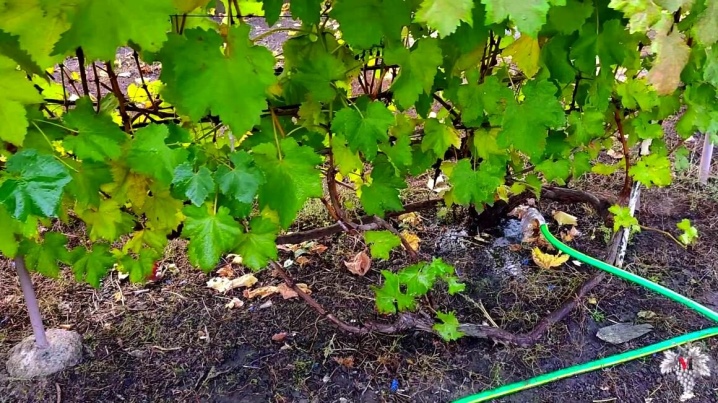
Processing and spraying
Another important autumn procedure is spraying the vineyard. It allows you to protect the site from the most common diseases and pests. It is necessary to spray the area after the complete fall of all the foliage. It is also important to wait until all the buds close.
To protect grapes from pests and diseases, gardeners usually use iron sulfate. For the treatment of young bushes, a solution consisting of 100 grams of the product and 10 liters of water is suitable. For spraying adult grapes, a 3% solution of vitriol is used. If the plants have previously been exposed to a fungal disease, the solution should be made more concentrated. For its preparation, 10 grams of iron sulfate are diluted in 500 liters of water. It is worth processing not only the shoots themselves, but also the soil around the grapes.
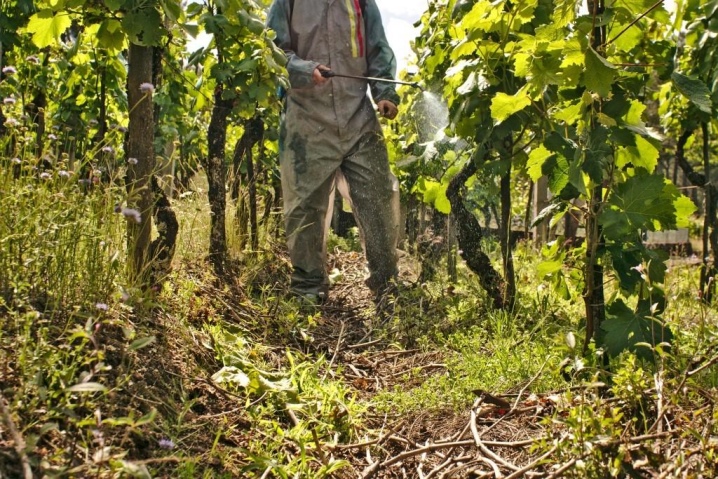
If the plant was affected by serious diseases this year, stronger preparations can be used to treat the vineyard.
Many gardeners use folk remedies in their work. If the plants have been affected by gray rot, in the fall they are treated with an iodine-based solution. A solution prepared from grated laundry soap and ash will help the gardener get rid of mildew.
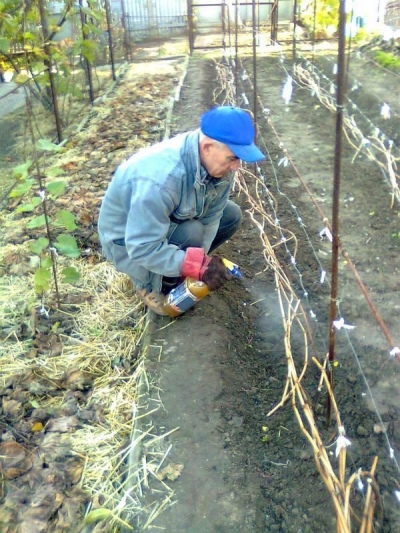
In the process of spraying plants, you need to follow some rules.
- Handle bushes only in dry and calm weather. It is best to do this in the evening.
- Do not spray bushes with too much product. The liquid should not drain from the foliage to the soil.
- When using chemicals, you should always follow the instructions. It is possible to process bushes only in protective gloves and a respirator or mask.
If everything is done correctly, next season the gardener will not have to spend time fighting diseases and pests.

Additional fertilizing
Proper care of the vineyard in the fall also implies timely feeding of plants. You can feed the bushes at this time with certain products.
Compost
For application to the soil, only a well-rotted product should be used. It must be at least two years old. Make compost directly under the root.
To increase the yield of the bush, it can be fertilized with compost mixed with peat. Such a mixture is laid out directly under the bush, and then sprinkled with soil. In this case, the compost also acts as a mulch.
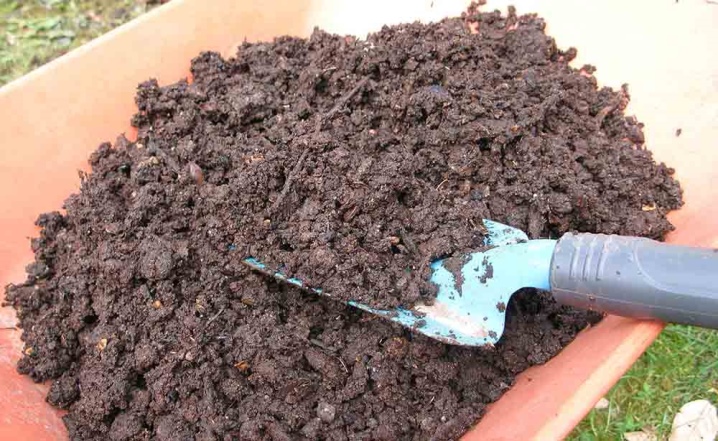
Humus
This product is applied to the soil during its digging. It is rich in useful elements. Therefore, it is beneficial to use it for feeding both young plants and adult bushes.
Humus is introduced into open ground in its pure form or, after mixing with compost. This product is usually filled with furrows that are in the aisles. After fertilizing the soil, the furrows are covered with earth, and then watered.
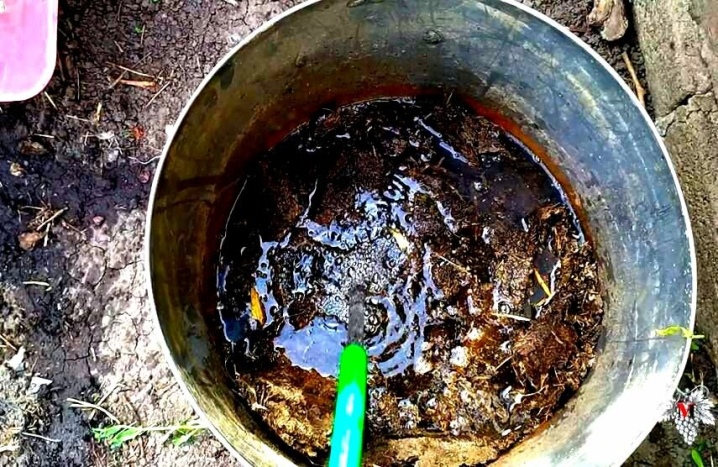
Chicken droppings
If the grape leaves turn red in summer, the bushes can be fed with chicken droppings. This product will significantly improve the composition of the soil, as well as make it looser.
For feeding plants, you can use both a dry product and a liquid infusion based on it. The second option is great for beginner gardeners. To prepare liquid top dressing, litter is mixed with warm water in a ratio of 1 to 4. In this form, the product is sent to a warm place for 10-12 days.
Before applying fertilizer to the soil, it must be diluted again. This time, the infusion is combined with water in a ratio of 1 to 10. Immediately after that, it is used to water the grape bushes.

Wood Ash
To feed the grapes after harvest, only high-quality wood ash is used. It should not contain any artificial additives. It is best to use coniferous or deciduous ash as top dressing. The product is applied under the root in a dry form.
If desired, an ash infusion can also be prepared from the ashes. To prepare it, 300 grams of ash should be poured with 10 liters of water. The product must be infused for a week, stirring from time to time. You need to pour it into small grooves that are around the bush.

Mineral Fertilizers
Once every few years, a mixture of potassium salt and superphosphate must be added to the soil. The product is usually added to the soil in dry form during digging. But some gardeners pre-dilute the dry product in water, and then use the resulting solution to water the bushes.
Nitrogen-containing dressings are not applied to the soil in autumn. Nitrogen promotes the growth of new shoots, as well as the opening of the kidneys. Due to the introduction of such fertilizer into the soil, the plant does not have time to prepare for the cold and dies. Therefore, such dressings should be avoided.
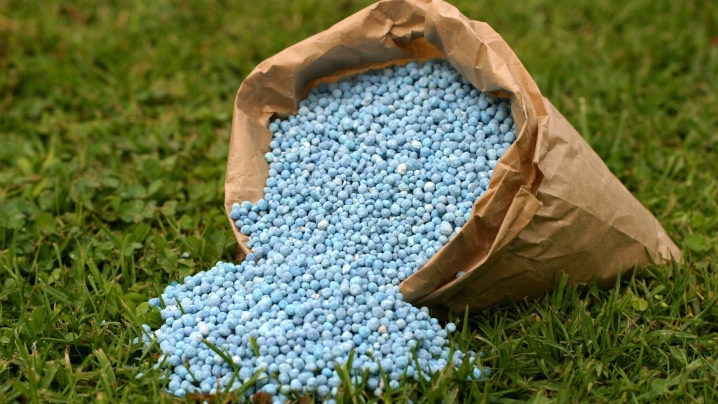
When applying fertilizers to the soil, it is worth remembering that their excess harms plants even more than their shortage.
Trimming
Another important autumn procedure that should not be forgotten is grape pruning. The time of its holding depends on the characteristics of the climate. As a rule, the bushes are pruned after the first frost. It is very important that the foliage from the vine has already flown around at this time.
Branches should be trimmed with a sharp pruner. In this case, the cuts will be even and smooth. Sharp garden saws are used to remove thick perennial shoots.
There are several ways to prune vines.
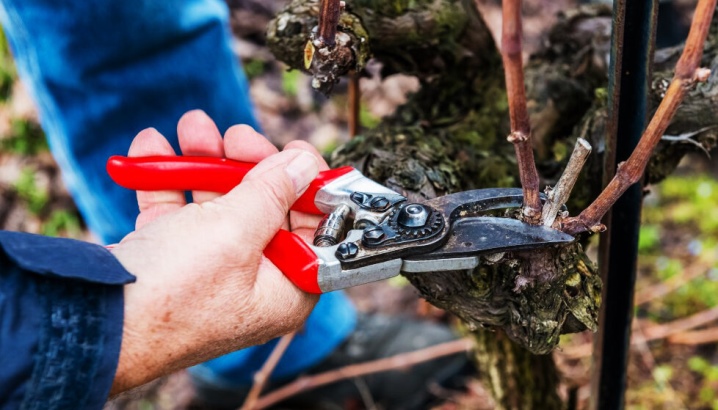
Long
Trimming in this way is recommended for old bushes. The pruning method assumes the presence of no more than 20 eyes on the branches. Carrying out this procedure helps to rejuvenate the bush. After such pruning, the bushes begin to bear fruit better the next year.
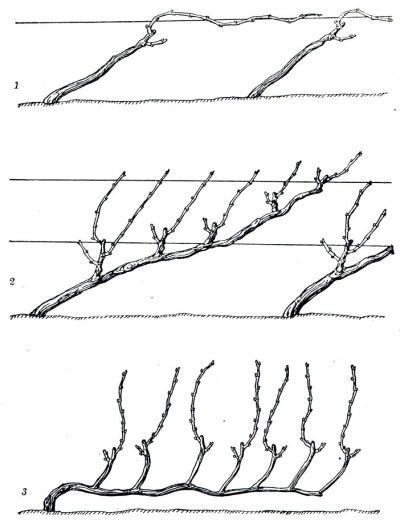
Average
This method is the most popular among gardeners. In the process, most of the shoots are cut off. No more than 10 eyes are left on them. Such pruning is done to increase the yield of bushes. At the same time, the quality of the crop does not decrease and the berries remain the same tasty and juicy.
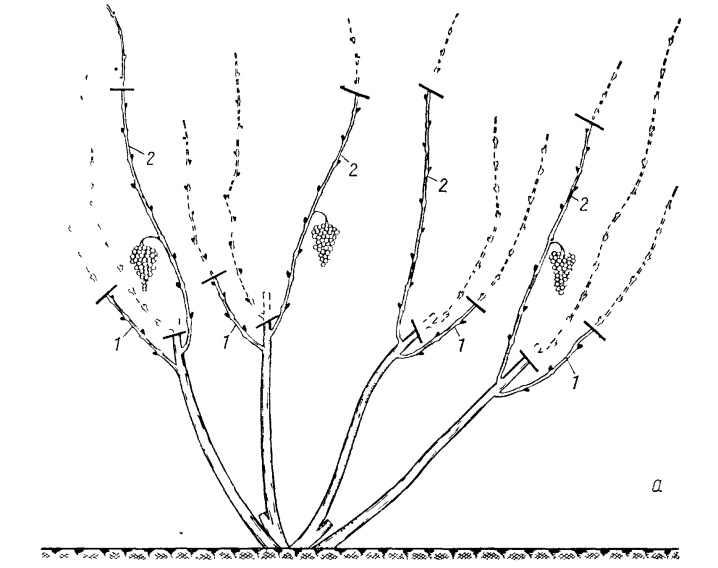
Short
In the process of pruning, no more than four eyes are left on the shoots. This process is only suitable for caring for young one or two year old grapes. Short pruning allows you to make the root system of such a plant stronger.
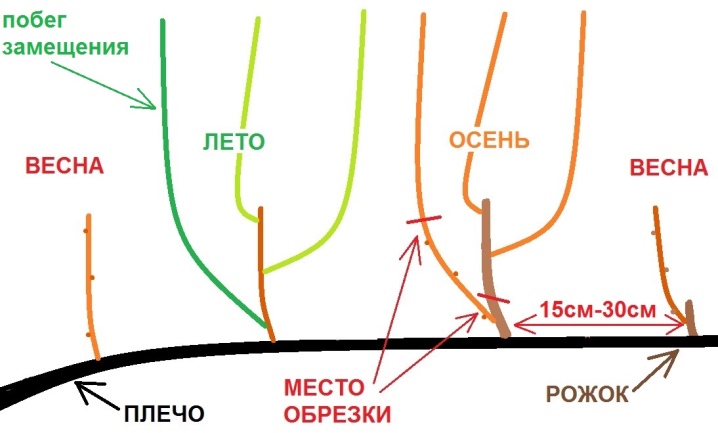
Mixed
This pruning is suitable for small vineyards. In the process, some of the shoots are cut short. The rest are left longer. This approach allows you to always keep them in good condition.

When planning to cut grapes, it is also important to consider their age.
- In the first year, seedlings only need to be given the desired shape. Usually four sleeves are left at this time. Shoots at this stage are cut to 40-60 centimeters. This is done so that they can develop normally.
- In the second year, after waiting for all the sheets to fall, the long sleeve must be shortened. Vertical stems must be cut to two buds, and fruit stems to four.
- In the third year, the gardener needs to remove 4 vertical shoots, as well as sleeves that have already borne fruit. The central stem is cut to two buds, and the far ones to four.
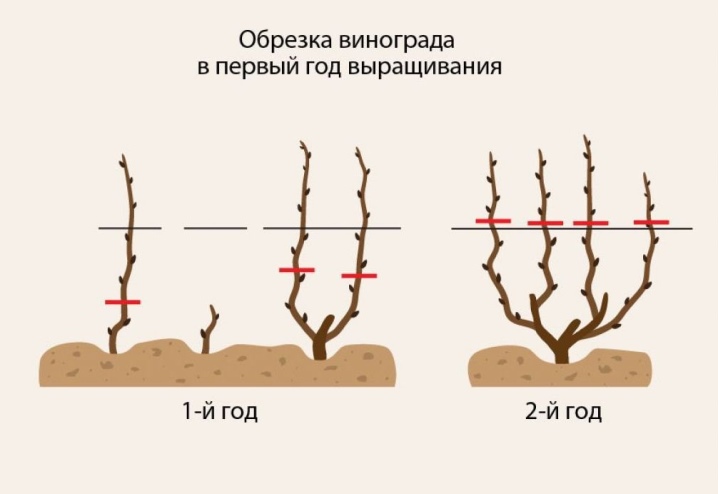
After pruning, the grapes must also be treated with a solution of iron and copper sulfate. Garden tools also need to be disinfected.
Landing
Many gardeners prefer to plant grapes on their site in the fall. For planting, it is recommended to choose annual green seedlings about 40 centimeters high.. There should be healthy buds on the surface of the shoot.
Before planting, the shoots should be shortened to four eyes. They are also recommended to be placed in a solution that stimulates root growth overnight. The site before landing is prepared in advance. The gardener needs to dig several holes there, and also lay a dense layer of drainage on the bottom. To create it, broken brick or crushed stone is usually used. Then a mixture of earth, ash, humus and nitroammofoska is poured into the pit. The use of quality fertilizers will cause the grapes to quickly take root and grow.
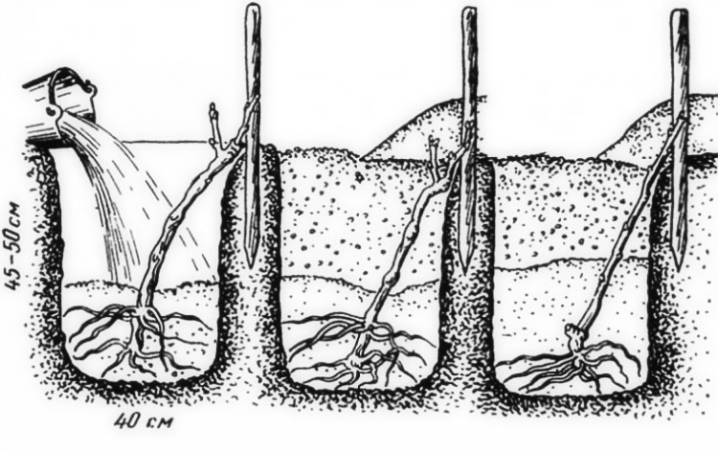
Next, the hole must be filled with fertile soil. After adding earth to the pit, it must be watered abundantly. Moisture should be well absorbed into the soil. You should not immediately plant grapes in a hole prepared in this way. You need to wait 10-12 days. However, experienced gardeners recommend preparing holes for the autumn planting of grapes since August.
During planting, the bottom of the pit must be sprinkled again with a layer of earth. Young seedlings are placed in the holes prepared in this way. Short sprouts are installed vertically, long ones – at a slight slope. After that, the roots of the grapes are covered with fertile soil. It must be well tamped, and then watered. One seedling takes 2-3 buckets of water.
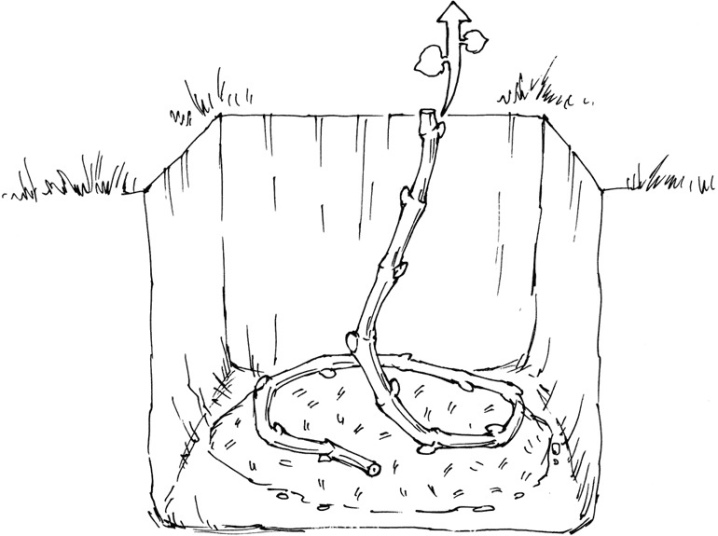
After watering, it is recommended to cover the seedling with a plastic bottle with the bottom cut off in advance. Then it must be covered with fertile soil to the very neck. Such preparation will protect young seedlings from freezing. On top of the grapes, you can additionally cover with spruce branches, straws or a thick cloth.
If everything is done correctly, the seedlings will be able to quickly take root on the site.

Preparation for winter
To protect the bushes from frost, they must be securely covered. You can do this in several ways.
Soil
This is the easiest way to warm grapes. To begin with, the shoots must be bent to the ground and secured with metal or wood. Next, the grapes need to be sprinkled with fertile soil. The layer of earth should be no more than 15 centimeters.
At the beginning of winter, it is worth throwing the same amount of land from above. Under such shelter, the vine can easily survive the winter cold.
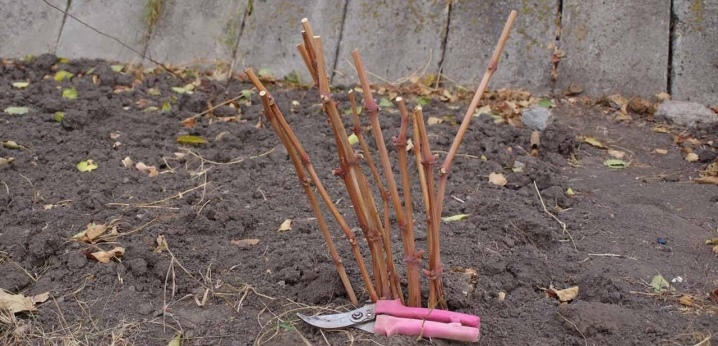
dry straw
Instead of this material, dry sawdust can also be used. Dried grass or wood shavings are poured directly under the root. At the beginning of summer, the layer of straw should be within 20 centimeters. A month later, the thickness of the dry straw “spread” should be doubled.
If dry sawdust is used to cover the bushes, an additional portion of nitrogen fertilizers will have to be added to the soil in the spring. In the event of the appearance of rodents in the area next to the grape bushes, it is recommended to decompose the poison. This will protect the delicate wood from pests.
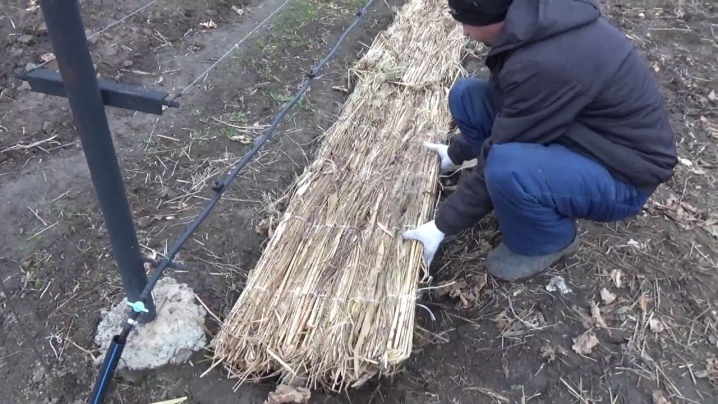
Lapnicom
This material can also be used to shelter grapes. The sharp needles of spruce branches repel rodents, because it is unpleasant for them to run on a prickly surface. In addition, he is not afraid of fungal diseases. Therefore, spruce branches can be safely used to shelter young bushes. It should be laid in a layer with a thickness of 35-40 centimeters. Fallen needles from the branches in the spring will be an excellent fertilizer for plants.
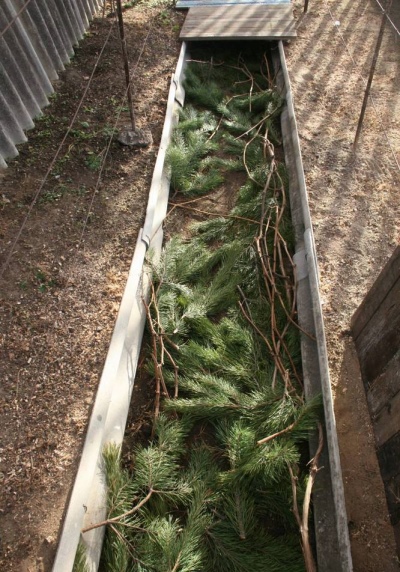
Snow
Freshly fallen snow is a great natural shelter. You just need to throw it on the vine at the very beginning of winter. This will be enough to protect the roots of the plant from frost.

Combined
Many gardeners prefer to combine different types of covering materials. So, for example, a small layer of spruce branches on top can be covered with dry straw or peat. On top of the dried grass, you can put peat or earth. This option is great for sheltering bushes in Siberia and other cold regions.
But black film, roofing material and other materials that do not allow moisture or air to pass through should not be used. This can cause the grapes to rot.
When choosing a shelter for grapes, it is important to consider the age of the bushes.
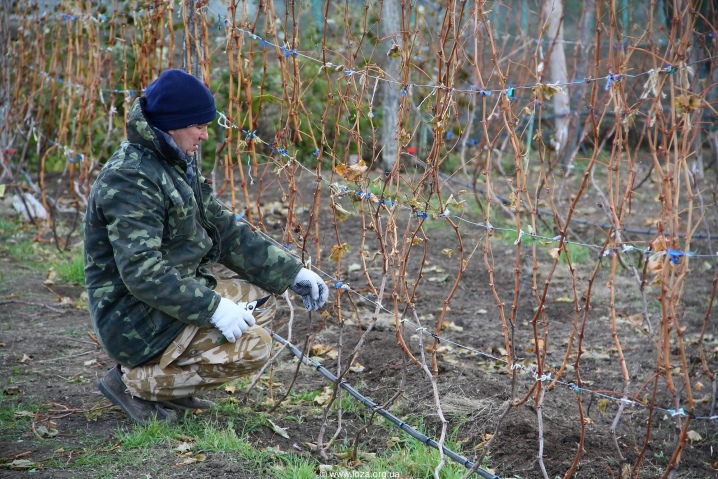
Most responsibly you need to treat the shelter of young plants. They are usually completely bent to the ground. It is necessary to act very carefully so as not to injure the plant in the process.
The grown plants are already more adapted to the cold. Therefore, next year they will no longer have to bend to the ground and completely cover. Usually they are only slightly lowered down, and a shelter is formed on top in the form of a house.
Perennial vines only need partial cover. As a rule, the vine is laid on coniferous branches or a thin layer of straw. From above, grape shoots are covered with snow. If the winters in the region are not very cold, the gardener only needs to mulch the soil, as well as cover the base of the vineyard with any suitable material.
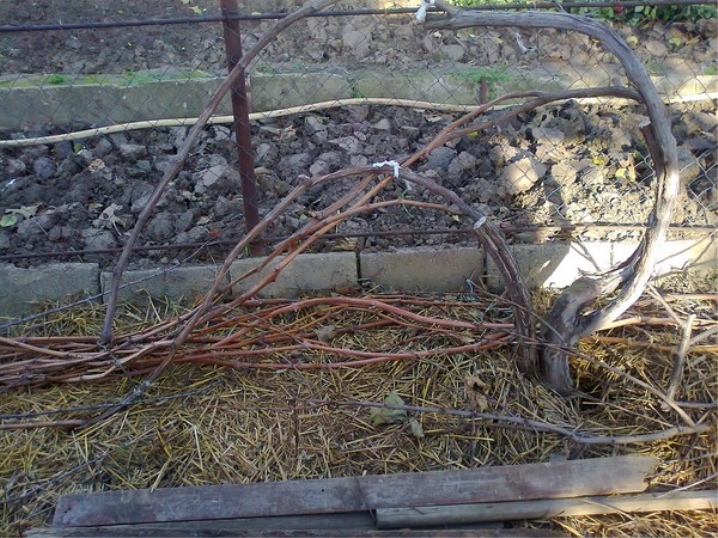
Useful Tips
In order not to ruin a young vine, novice gardeners should follow simple recommendations.
- Always carry out full pruning of plants. Cutting off the tops of the lashes does not give the desired effect.
- Use a sufficient amount of fertilizer. It is best to feed on a schedule.
- Regularly spray the bushes with products that protect them from diseases and pests. All gardeners know that it is easier to spend time on preventive treatment than on treating a diseased plant.
- Do not use film or agrofibre to cover the plant. Condensation will constantly collect under them.

If you properly care for the vine bushes in the autumn months, they will stay healthy longer and also bear fruit well.
